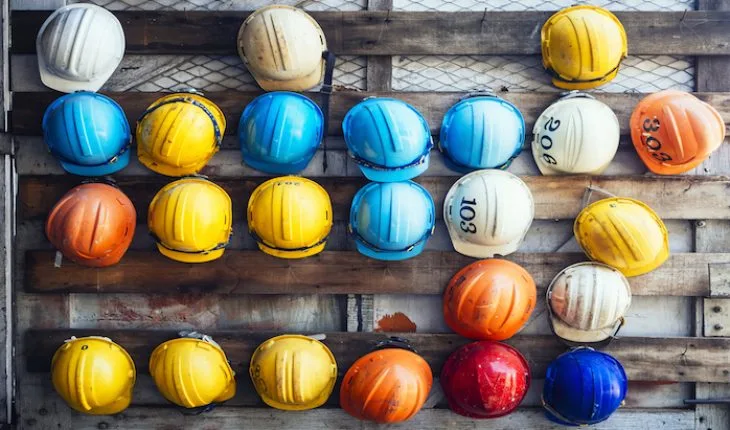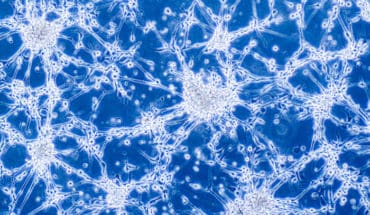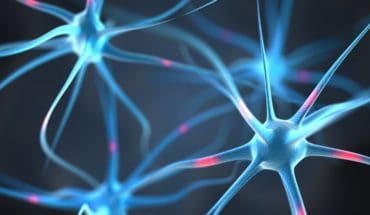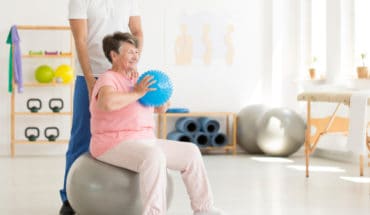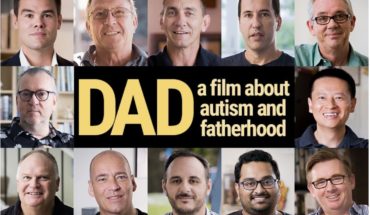Headaches are almost a universal complaint – only around three per cent of the population don’t get headaches in a lifetime. But they come in many different guises from minor twinges to full-scale migraines which can last for days. According to the World Health Organisation, chronic migraine has become a major health concern globally.
By the time someone has come to a headache clinic, they are usually suffering from the effects of headache which may be interfering with their work, the quality of their relationships and even their ability to function. Most of them have already tried painkillers, which actually can become part of the problem. I estimate that around 80 per cent of our patients have analgesic dependency by the time we see them.
In general, susceptible headache sufferers who are taking painkillers for any reason more than about two days in a single week can actually be experiencing worse headaches because of the so-called ‘rebound effect’. There is an epidemic of analgesic-dependent headache which I see in clinic on a daily basis. Analgesics that contain codeine and caffeine are some of the worst offenders. Taking painkillers such as paracetamol and aspirin more than 15 days a month or taking migraine drugs called triptans for more than 10 days a month can also put someone at risk.
What seems to happen is that pain receptors, which are blocked on a regular basis by medication, become over-sensitive to pain stimuli. As the analgesia wears off, the headache comes back with a vengeance and the amounts of painkillers taken rises.
When we are assessing patients at our headache centres, we need to find out if their drug regimens are part of the problem. Of course, the most important thing is obviously to rule out what we consider a sinister reason for a headache – like a brain tumour for example. But less than one per cent of people with severe headache actually have an underlying sinister pathology.
The first question is how much impact does your headache have on your life? We are looking for people who say that the impact is moderate to severe. Next, it’s important to gauge the how many days in a month someone suffers from headache. If someone has a headache for more than 15 days in a month, this is considered chronic headache. Most in clinic have headaches that untreated would last many hours but there is also a rarer subgroup which includes cluster headache. These are not going to last more than four hours.
To work out if a headache is actually a migraine, we ask if a patient experiences any reversible sensory symptoms which may include visual disturbances, word jumbling or numbness down one side. However, this is not a catch-all. The classic migraine with such aura is actually only experienced by 10 per cent of migraine sufferers in every attack and 40 per cent in some attacks. Most people do not report flashing lights and other visual disturbances and this was formally known as common migraine.
The intense pain is thought to stem from the trigeminal nerve, which is the main nerve in the face (this nerve is also active in cluster headaches). The pain can last for hours and even days if left untreated and is caused by a cooperation of brain tissues, including especially the brain stem and trigeminal nerves, together with blood vessels
When it comes to solutions, patients are often keen to discuss follow up any drug-free options that are non-invasive. One current avenue being explored to help migraine sufferers is non-invasive neurostimulation. Very accurate bioelectronic technology and miniaturisation has advanced to the point that it is no longer necessary to deliver this stimulation through implants. There are several devices already available that stimulate via electrical or magnetic impulses. One which generates very precise electrical impulses to the trigeminal nerve and the orbital frontal zone of the brain is already FDA approved for migraine prevention treatment (Cefaly). Double-blind placebo-controlled trials show that this type of stimulation does bring a therapeutic gain to patients over and above placebo effect.
These devices may also be appropriate for children and breastfeeding mothers who would not be suitable for drug regimens.
Ideally, a holistic approach will make the difference to patients. Lifestyle adjustments, avoidance of triggers, rational rescue medication and both preventative supplements and prescribed drugs are established management approaches. NICE has recently issued guidance suggesting safe devices should be also considered. We are awaiting the detail of the advice for each device but hope that as the story evolves, devices will increasingly become part of our armoury.
- The headache epidemic - 13th May 2016
